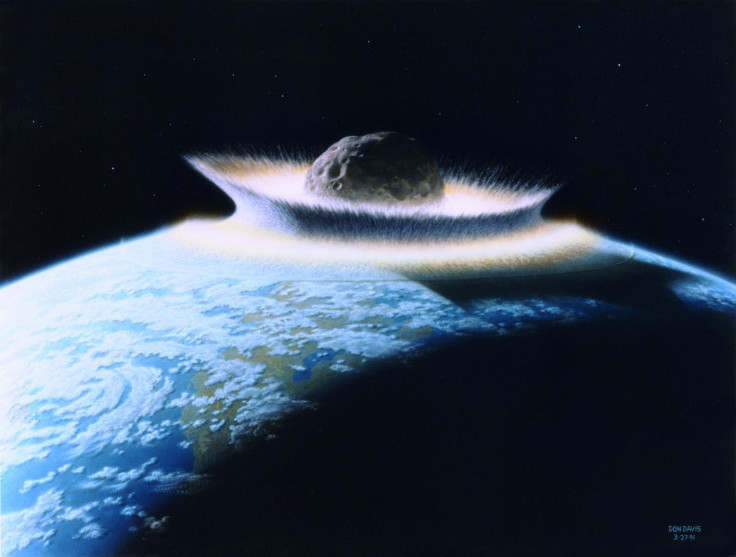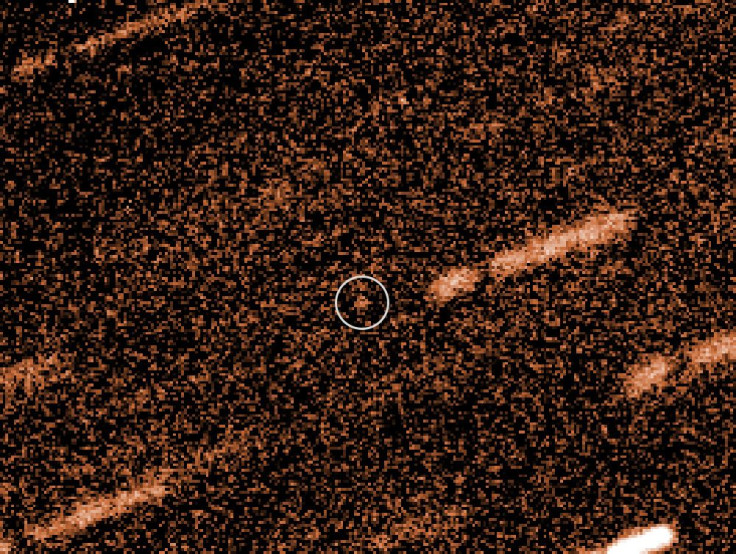Asteroid Day 2015: NASA Is Busy Tracking 'Doomsday' Scenarios, Hoaxes And Near-Earth Objects

It's Asteroid Day 2015, and experts and space agencies around the world want to raise awareness of potentially hazardous objects. NASA has a Near-Earth Object (NEO) Program which tracks asteroids and comets using its Sentry collision monitoring system. With all the chatter about "doomsday" asteroids that could end life as we know it, what are the real odds of such an event?
The easy answer is slim-to-none. There were reports floating around that an asteroid that would hit Earth in September, but said asteroid doesn't exist and NASA has repeatedly debunked those claims. NASA and the European Space Agency have NEO tracking programs that are capable of detecting any threat. Additionally, NASA launched its Grand Asteroid Challenge to discover any possible threats, and there are even private organizations, such as the B612 Foundation, that are hunting these objects.
@cmw_89 It's an Internet hoax, similar to the end-of-the-world hoax in 2012 and many others. No worries.
— Asteroid Watch (@AsteroidWatch) June 30, 2015There are many asteroids that come close to Earth with no impact threat. One asteroid will make a close approach to Earth on July 7 at the safe distance of 3 million miles. Another asteroid, however, will pass much closer that day -- asteroid 2015 HM10 -- at distance of 275,000 miles from Earth. That's just outside of lunar orbit, but you'll probably hear some scary news leading up to it.
If you think asteroids near Earth are uncommon, you'd be quite surprised to see NASA's list of close approaches. July will average just over 1 close approach per day -- with several days seeing two close approaches and July 7 seeing four. Many of these asteroids are millions of miles from Earth and are no threat to humanity.
For actual threats, NASA uses the Palermo Technical Impact Hazard Scale to assess asteroid risks in a way that the public can easily understand in order to avoid confusion. Based on a scale where anything below -2 means no consequences and -2 to 0 requires monitoring, few asteroids are considered a threat. "A Palermo Scale value of -2 indicates that the detected potential impact event is only 1% as likely as a random background event occurring in the intervening years. A value of zero indicates that the single event is just as threatening as the background hazard, and a value of +2 indicates an event that is 100 times more likely than a background impact," NASA explains.

There are only three asteroids at present that have a Palermo Scale value above -2. Asteroid 2009 FD has the highest cumulative value at -0.40, leaving a 99.74 percent chance that it will miss Earth in 2185. There are four other times that 2009 FD could be on a collision course with Earth. The year 2190 poses the second-highest impact risk, with a 99.973 percent chance it will miss Earth.
The approximately 490 meter (1,607 foot) 1099 Bennu is the second-largest risk, but its Palermo Scale value is -1.71, meaning there's a 1 in 2,700 chance that it could hit Earth.

In terms of really scary asteroids, there's 1950 DA which is approximately 1.3 kilometers (4,265 feet) in diameter. The threat from this large asteroid is minimal, with a -1.88 value on the Palermo Scale for a possible impact in 2880.
© Copyright IBTimes 2024. All rights reserved.











